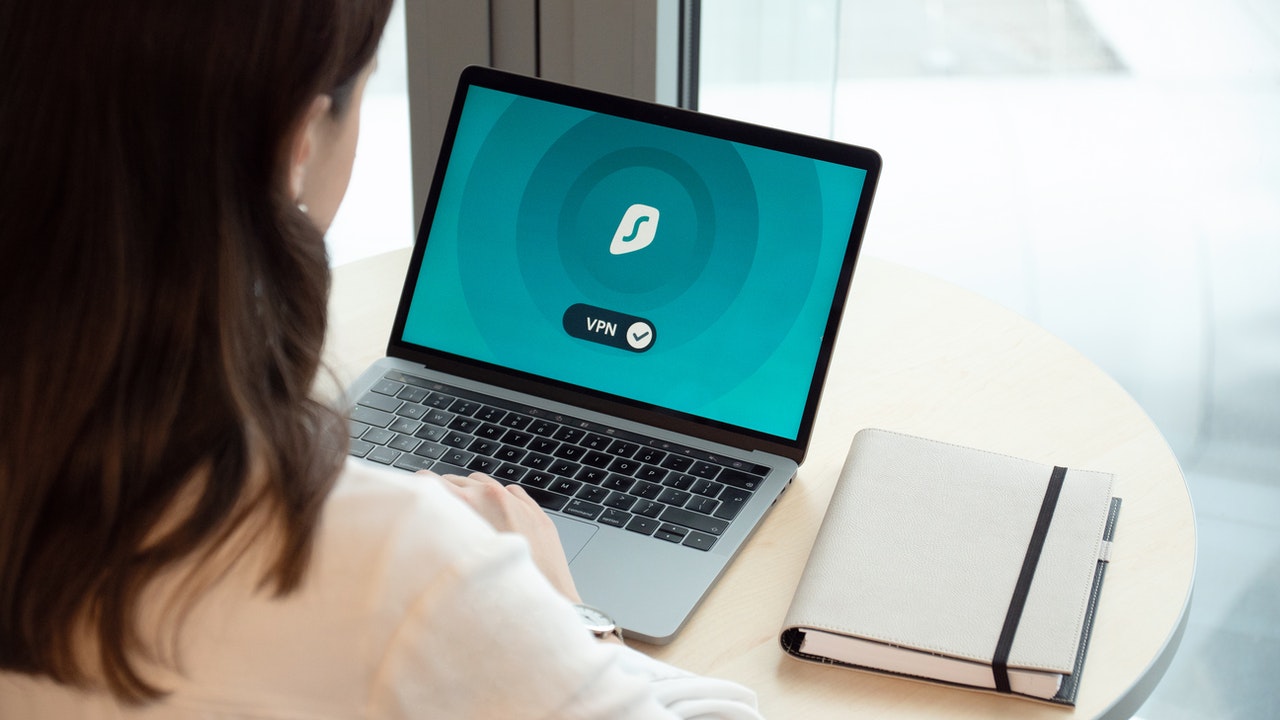Not many business owners are aware of the significant value that cybersecurity also brings to the table as a marketing tool to win the trust of everyday customers.


Most online business owners are fully aware of the value of cybersecurity to keep their customer data and business records safe. But far fewer business owners are aware of the significant value that cybersecurity also brings to the table as a marketing tool to win the trust of everyday customers.
In this article, we’ll explain the importance of marketing cybersecurity so companies can continue to gain customers, retain their loyalty, and ultimately, improve the bottom line. We’ll also discuss how organizations can build cybersecurity into their marketing strategy and witness the payoffs of this investment.
Why advertising your cybersecurity measures helps to build trust with customers
We live in an era where the majority of online customers simply do not trust retailers to keep their personal information safe. A report conducted in January of 2021 by digital security provider Entrust, for instance, found that only one out of every five respondents trusted established brands to keep their personal information secure.
As a result, if a customer who is browsing on your online store or perhaps is even adding items to their shopping cart has any reason to doubt the security of the information they need to provide to complete the purchase, the chances of them abandoning that purchase rises dramatically. In fact, a lack of customer confidence in cybersecurity is one of the biggest reasons for shopping cart abandonment today.
And in almost all cases, providing effective security measures is actually fully necessary for online businesses. For example, any business (including start-ups) that handles cardholder data is required to ensure compliance with the PCI-DSS standards for card payments. At the bare minimum, this means that all customer data must be kept encrypted and only shared amongst members of your team on a need-to-know basis.
But having these effective security measures in-place is not good enough. You also need to make sure that customers and people visiting your website are acutely aware of the security measures that you’re providing. They’ll be much more impressed if they read you use more advanced measures such as advanced authentication to protect customer data.
That’s why you need to take things a step further and incorporate the security measures you’re taking directly into your marketing efforts. The idea is simple: customers need to know about the measures you’re providing and trust that they can provide their personal and financial information to your business without running a risk of it being hacked.
How can you accomplish both of these goals? The answer is to utilize cybersecurity as a literal marketing tool.
How exactly can you utilize cybersecurity as an effective marketing tool?
When utilizing cybersecurity as a marketing tool you need to do more than just alert customers to the fact that you have security measures in-place. You also need to educate them in a clear and succinct manner as to why the security measures you’re taking are effective.
Here are the easiest ways to share your cybersecurity efforts with customers in order to utilize security as an effective marketing tool:
Email
Email is arguably the most effective tool you have available for communicating directly with customers who are directly interested in what your business has to offer. After all, they’ve provided you with their email address for you to reach out to them in the first place.
Email marketing is effective for nurturing leads and helping them along the buyer’s journey, and another perhaps lesser-known role for email is to inform your customers about the cybersecurity measures you’re implementing. Simply inform your email list of the most common security risks that customers take when purchasing online, and why the measures your business has taken will mitigate those risks.
Besides creating original email content, you can also include downloadable content (such as case studies to provide readers with a more in-depth understanding of the issues) or link to your own content such as your blog posts. Speaking of which…
Content
Another option to educate your customers about your security measures is through online content such as blog content. This is your chance to provide even more in-depth information than you can via email. Offer readers real-world examples that showcase the risks of buying online, specific measures that have been developed to counter those risks, and how your company has adopted those measures.
It’s important to ensure that your content is comprehensive and clearly demonstrates how the security measures that you’ve adopted help stop real-life cybersecurity attacks. Try to offer your own specific and unique examples of how your security measures have stopped cyberattacks (including unique screenshots if possible is also a good idea in this regard) so you’re not essentially regurgitating existing content.
Case Studies
Case studies offer an opportunity to go even more in-depth than blog posts. This is where you can include specific data about how your security solutions have stopped cyberattacks and benefited your clients. For example, you can include specific figures such as the number of attempted hacks that were blocked in the last month.
Your case studies don’t have to be lengthy; an overall word count of just five hundred to a thousand words or so, for instance, should be fine. Just be careful that you don’t over exaggerate the results. If 99 out of every 100 attempted cyberattacks were blocked, for example, don’t say that all attacks were stopped. Be honest and raw about the true figures.
Conclusion
Implementing effective cybersecurity measures is equally important for business growth as it is for ensuring that customer data is kept secure. You can use the above strategies to inform your customers about the security measures you’ve implemented to help build trust with them so they are more comfortable buying from you.






